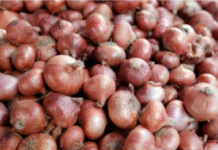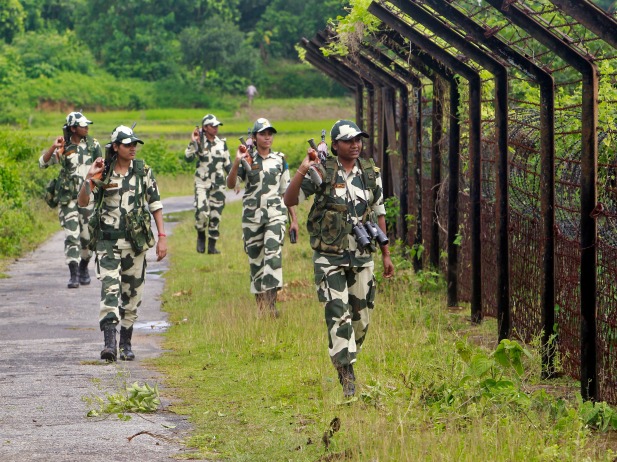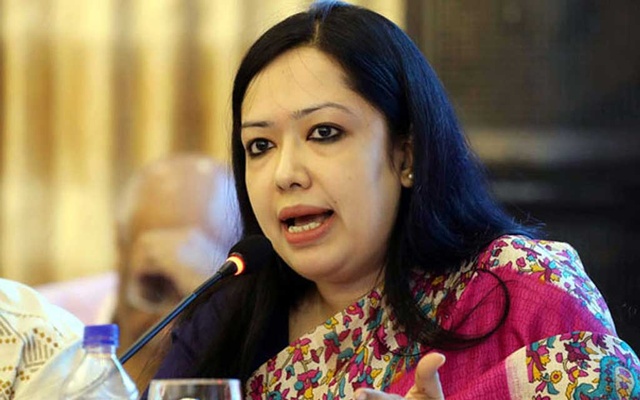Dhaka

Shovon Islam, managing director of leading garment exporter Sparrow Group of Industries, held meetings with three buyer companies in the United States last month. The US buyers separately expressed their positive mindset in shifting women’s clothing orders from China to Bangladesh.
In an over-the-phone conversation with Prothom Alo, Shovon Islam said, “After Donald Trump imposed the 37 per cent reciprocal tariff on Bangladesh, I contacted the buyers again regarding the purchase orders. They are now delaying the process, indicating that the orders are now uncertain.”
He continued, “A number of buyers informed us that the demand for readymade garments in the US would subside due to the tariff. If it happens, purchase orders may go down by 20-30 per cent next spring and winter.”
Garment exporters said the immediate impact of the US reciprocal tariff may be limited, but long-term impact on purchase orders could be severe if the tariff remains in place. As the US buyers have already begun recalculating costs, the Bangladesh government should initiate talks with the US without any delay.
If the 37 per cent reciprocal tariff remains for four to five years, the consequences for Bangladesh’s exports could be devastating
Regarding the tariff, commerce adviser Sheikh Bashir Uddin told Prothom Alo that it would take a few more days to fully assess the situation and the government’s response. He added that an emergency meeting will be held at his ministry on Sunday to determine the course of action.
Donald Trump, who began his second term as US president earlier this year, had pledged increased tariffs during his election campaign. On Wednesday, he officially announced reciprocal tariffs for around a dozen of countries. For Bangladesh, the US reciprocal tariff is 37 per cent, while it is 26 per cent for India, and 46 per cent for Vietnam.
According to Reuters and Vietnam+, India began reviewing import duties on over 30 US products, including luxury cars, solar cells, and chemicals, earlier this year, in an effort to deal with the US tariff. The nieghbouring nation has reportedly finalised plans to reduce import tariffs on 55 percent of American goods. Meanwhile, Vietnam has already slashed tariffs on 16 types of US products.
Our main competitor in home textiles is Pakistan, which faces a 29 per cent reciprocal tariff – lower than Bangladesh’s 37 per cent. Simply, this gives Pakistan a competitive edge.
In Bangladesh, the readymade garment sector accounts for 80 per cent of total exports, while the US is the single largest export destination, accounting for 18 per cent of garment shipments in the last fiscal year.
Against the backdrop, the reciprocal tariff sparked widespread concern among exporters, including those exporting footwear, leather goods, home textiles, and frozen foods.
Abdullah Hill Rakib, former vice-president of the Bangladesh Garment Manufacturers and Exporters Association (BGMEA), said if the 37 per cent reciprocal tariff remains for four to five years, the consequences for Bangladesh’s exports could be devastating. He laid emphasis on initiating negotiations with the US.
Home textiles is another key export product to the US. The country earned nearly USD 50 million from the US market in the last fiscal year. Now, the exporters are fearing a decline in their business due to the new tariff.
“Our main competitor in home textiles is Pakistan, which faces a 29 per cent reciprocal tariff – lower than Bangladesh’s 37 per cent,” said M Shahadat Hossain, former chairman of the Bangladesh Textile and Linen Manufacturers and Exporters Association (BTTLMEA). “Simply, this gives Pakistan a competitive edge,” he added.
Shahadat also pointed out other challenges for the sector, including rising gas and electricity prices, reduced cash incentives, and now, the added burden of US tariff.









